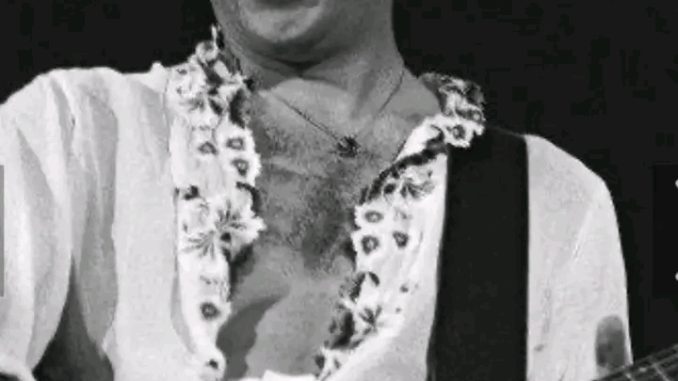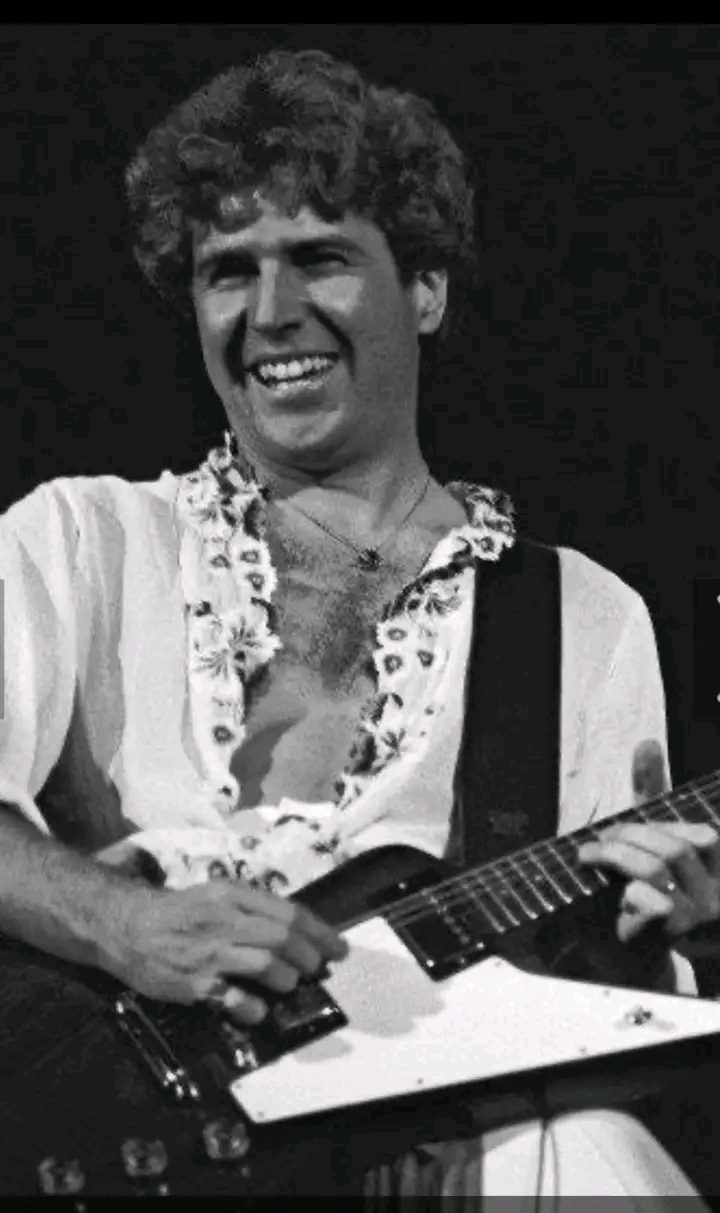
For nearly fifty years, the Van Halen legacy has been shaped, debated, celebrated, and dissected by fans who lived through one of the most extraordinary evolutions in rock history. And yet, one truth often gets lost in the noise: Sammy Hagar’s era in Van Halen deserves far more credit than it usually receives.

One lifelong fan recently summed it up perfectly, perhaps nervously:
“I’ll probably get kicked in the head for saying this, but nobody brings up Sammy’s past. He’s spoken about like he was just Van Halen.”
And it’s true. Too often, Sammy Hagar is treated as though he merely stepped into an established machine. But long before he joined Van Halen in 1985, Hagar had already carved out an impressive career, both as a powerhouse vocalist and a songwriter with a distinct identity.
A Musician With A History, Not A Replacement
Sammy’s pre-Van Halen catalog was more than solid, it was formative for American rock. From Montrose to a thriving solo career, he wasn’t some unknown rookie. He was a seasoned frontman with decades of creative fire under his belt. That’s why some fans feel compelled to defend him:
“Sammy’s career pre-VH was pretty incredible… that’s why I defend him when he gets dogged during Roth comparisons.”
Comparisons between Sammy and David Lee Roth have existed since day one. And while spirited debate is part of being a fan, the shadow often cast over Hagar’s contributions isn’t entirely fair.
The Roth Years: Untouchable, Iconic, Unmatched
There’s no denying it.
Van Halen 1978–1984 was lightning in a bottle.
Those first six albums, Van Halen, II, Women and Children First, Fair Warning, Diver Down, and 1984, were the kind of earth-shaking statements that few bands in history ever make. Their chemistry was explosive. They redefined party rock with virtuosity, swagger, and that grin that Dave and Eddie carried with them everywhere.
“Blazing party rock with a fuckin’ smile. That was VH.”
For many, those albums are sacred. And even fans who eventually embraced Sammy admit that Roth-era magic is hardwired into their DNA.
Enter Sammy: A New Sound, New Spirit, New Momentum
But when Sammy joined? Something unexpected happened.
Van Halen didn’t crumble, fracture, or fade away.
They expanded.
“Enter Sammy and it was like a fresh band, friendship, look, and sound. And they kept those smiles.”
The chemistry didn’t vanish, it transformed.
5150 was the perfect example. It wasn’t a continuation, it was a rebirth.
5150 introduced:
- A sleeker, more melodic style
- Eddie’s evolving songwriting
- Harmonies that blended perfectly with Sammy’s range
- Stadium-sized anthems with emotional weight
- A real sense of camaraderie
Then came OU812, For Unlawful Carnal Knowledge, and Balance, each offering its own highlights. Even fans who stayed loyal to the Roth era found plenty to love.
“5150 was incredible… OU812, dug it… F.U.C.K. was good… but even with those I was still listening to Fair Warning, Women and Children, VH II…”
That’s not a contradiction.
That’s the Van Halen experience:
two eras, two identities, both worth celebrating.
A Nod To Sammy: A Musician Who Earned His Place
The fan who shared the original reflection ended with something honest and heartfelt:
“Just thought I’d throw Sammy a nod. He’s an incredible musician and writer… he seems like a cool guy.”
And he is.
Sammy Hagar didn’t just join Van Halen, he helped shape a second golden age.
He took a band already immortal and pushed them into new territory without trying to imitate what came before.
Two Frontmen, One Legendary Band
There’s no need to pick sides.
No need to diminish one era to praise another.
Van Halen was big enough, bold enough, and brilliant enough to contain both voices.
David Lee Roth gave the band its wild heart.
Sammy Hagar gave it depth, melody, and maturity.
Together, they formed a legacy unparalleled in rock.
And maybe it’s time more people said it plainly:
Sammy Hagar deserves his flowers.
Leave a Reply